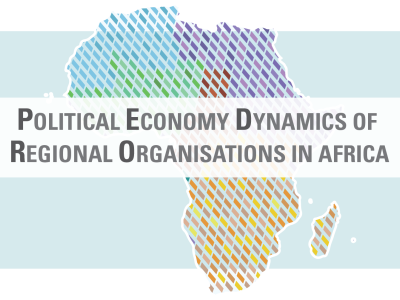
Regional integration, poverty and the East African Community: What do we know and what have we learnt?
This paper considers the available evidence on the poverty impact in the context of the East African Community (EAC).
There is increasing discussion among policy makers and researchers on the links between regional integration and poverty. But direct empirical evidence on these links is limited. Conceptually, there are various channels through which regional trading agreements might impact on poverty but much depends on what is included or excluded from any given agreement and on what is actually implemented and how. This paper considers the available evidence on the poverty impact in the context of the East African Community (EAC). The EAC is frequently upheld as an example of a successful developing-country regional economic integration process, both in terms of what is in the agreement(s) themselves and in terms of implementation. It also receives considerable support from donors, all of whom have a clear mandate to focus on poverty reduction.
The structure of this paper is as follows. In the first section we provide a conceptual discussion of the relationship between trade liberalisation and poverty. In the second section we discuss the available evidence on poverty in East Africa and how it has changed over time. One of the messages that emerges from this discussion is the relative paucity of data on poverty for the countries of the East African Community, and even more so with regard to changes over time. In order to draw the link between regional integration and poverty reduction, in the third section we evaluate the extent of progress on integration in the EAC. The fourth section of the paper looks at some descriptive empirical evidence as to the impact on trade and then considers the more formal empirical evidence as to the impact of regional integration on poverty in the region. A key focus of the review is identifying to what extent there is evidence specific to integration processes as opposed to considering trade more generally. We find that the regional integration specific literature is limited and hence there are clear evidence gaps. The final section concludes.
Key messages
- The East African Community (EAC) is often upheld as an example of a successful developing country regional economic integration process. It also receives considerable support from donors, all of whom have a clear mandate to focus on poverty reduction.
- This paper considers the evidence on the poverty impact of regional integration in the EAC according to 3 S’s: the scope and depth of liberalization; the structure of the economy in terms of production, consumption and trade; and the size of the constraints faced by the poor.
- There is limited evidence linking EAC integration and poverty, but data suggest rising trade, and declining monetary and multi-dimensional poverty over the period of EAC integration for Rwanda, Tanzania and Uganda. There is an absence of work linking regional integration, migration and foreign direct investment.
- Overall data is scarce with little formal research undertaken on the impact on poverty in the EAC. The poor face high barriers to benefitting from regional integration, with limited consideration of the political economy underlying the relevant policies and their implementation.


